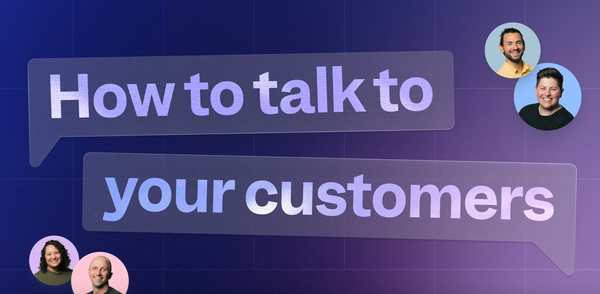5 Steps to Consistently Book Meetings
In the world of sales, consistently booking meetings is a skill that can set you apart. The process involves strategic communication, understanding your prospects' needs, and handling objections with finesse. Here are five steps to help you book meetings on repeat.
Step 1: Permission-Based Opener
The first step in a successful cold call is to get permission from your prospect. This approach shows respect for their time and sets a positive tone for the conversation. Here’s an example of a permission-based opener:
"Hey [Name], this is [Your Name] with [Your Company]. I know you didn’t expect me to call this afternoon. Do you mind if I take one minute to tell you why I called you specifically, and then you can decide if it makes sense to continue?"
This simple, direct approach is effective because it acknowledges the unexpected nature of your call and gives the prospect control over the conversation's direction.
Step 2: The Question
Once you have permission, it’s time to ask a problem-focused question. This question should demonstrate your understanding of the prospect’s role and challenges, showcasing your subject matter expertise. Here’s how you can frame it:
"Typically, when I talk to other [Their Role] in [Relevant Industry], a couple of challenges come up:
- Challenge 1
- Challenge 2
Are these relevant to you, or did I miss the mark?"
This question not only engages the prospect but also helps you gather valuable information about their pain points, making it easier to tailor your pitch.
Step 3: Objection Handling
Objections are a natural part of sales calls. Handling them effectively can make or break your chances of booking a meeting. A good strategy is to start your objection responses consistently and end with a question. For example, handling the "not interested" objection could go like this:
"I hear that often and totally understand. Most sales leaders aren’t looking to change things. If it’s alright with you, can I take 30 seconds to share our top solution, and then you can decide if it’s worth continuing?"
By acknowledging their hesitation and framing your response with a question, you keep the conversation going and give the prospect another opportunity to consider your offer.
Step 4: Closing
Timing is crucial when closing a cold call. Aim to keep the call under five minutes and close as soon as you sense interest. Here’s an effective closing line:
"Great [Name], I know this is out of the blue. How about we take a look at this tomorrow afternoon or [Day] morning?"
This approach respects the prospect’s time while creating a sense of urgency, increasing the likelihood of securing a meeting.
Step 5: Qualification
While it might seem counterintuitive, save your qualification questions for after you’ve booked the meeting. This ensures you don’t overwhelm the prospect during the initial call. A simple way to do this is:
"Before we hang up, could I ask you two quick questions to ensure our time tomorrow is well spent?"
By postponing detailed questions until after the meeting is booked, you keep the initial conversation focused and straightforward.
Conclusion
Booking meetings on repeat requires a structured approach that respects your prospect's time and addresses their needs effectively. By using permission-based openers, asking insightful questions, handling objections skillfully, closing efficiently, and saving qualification for later, you can improve your success rate and build stronger relationships with your prospects.
Implement these steps into your cold calling strategy and watch your meeting bookings soar!


